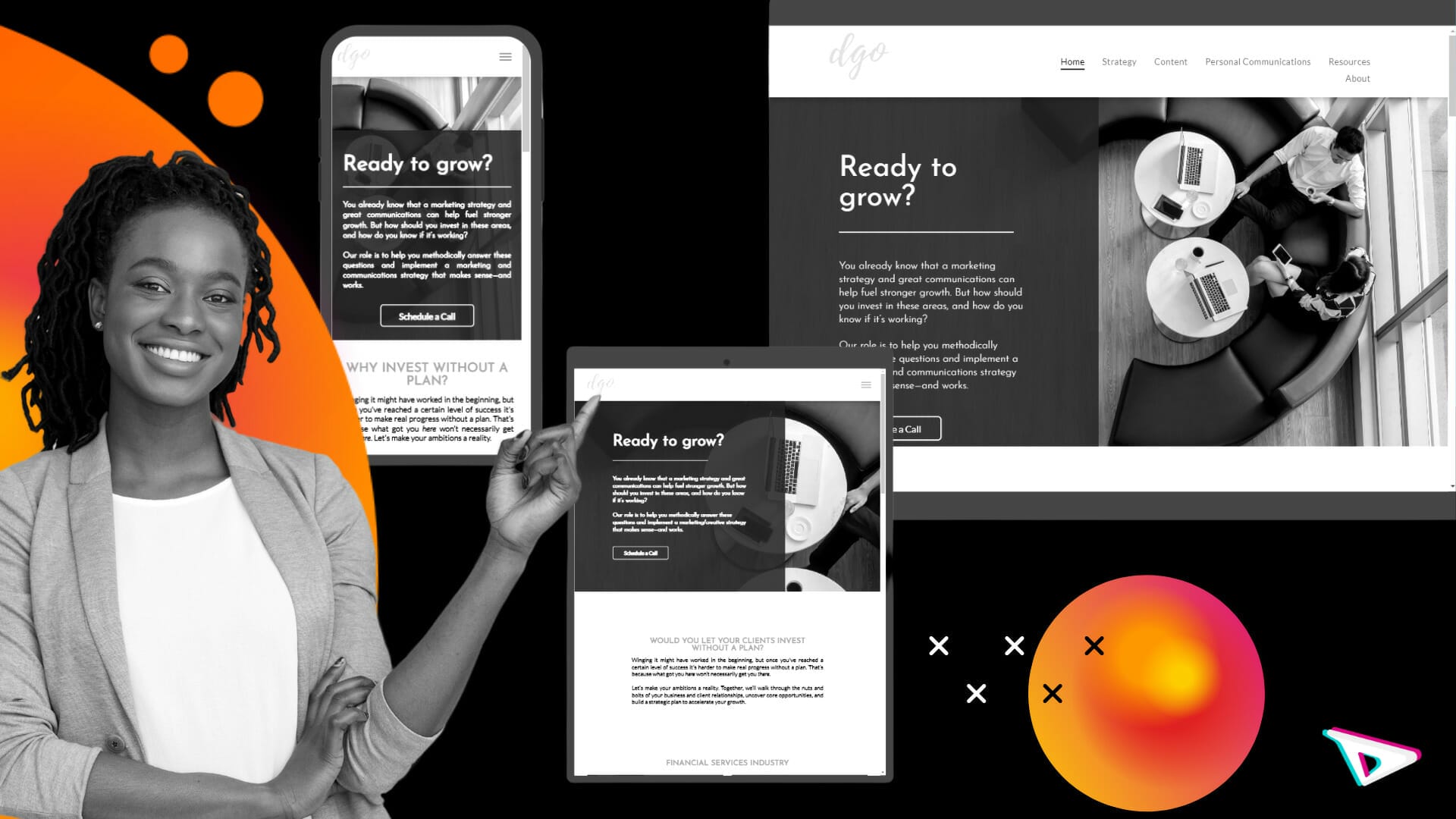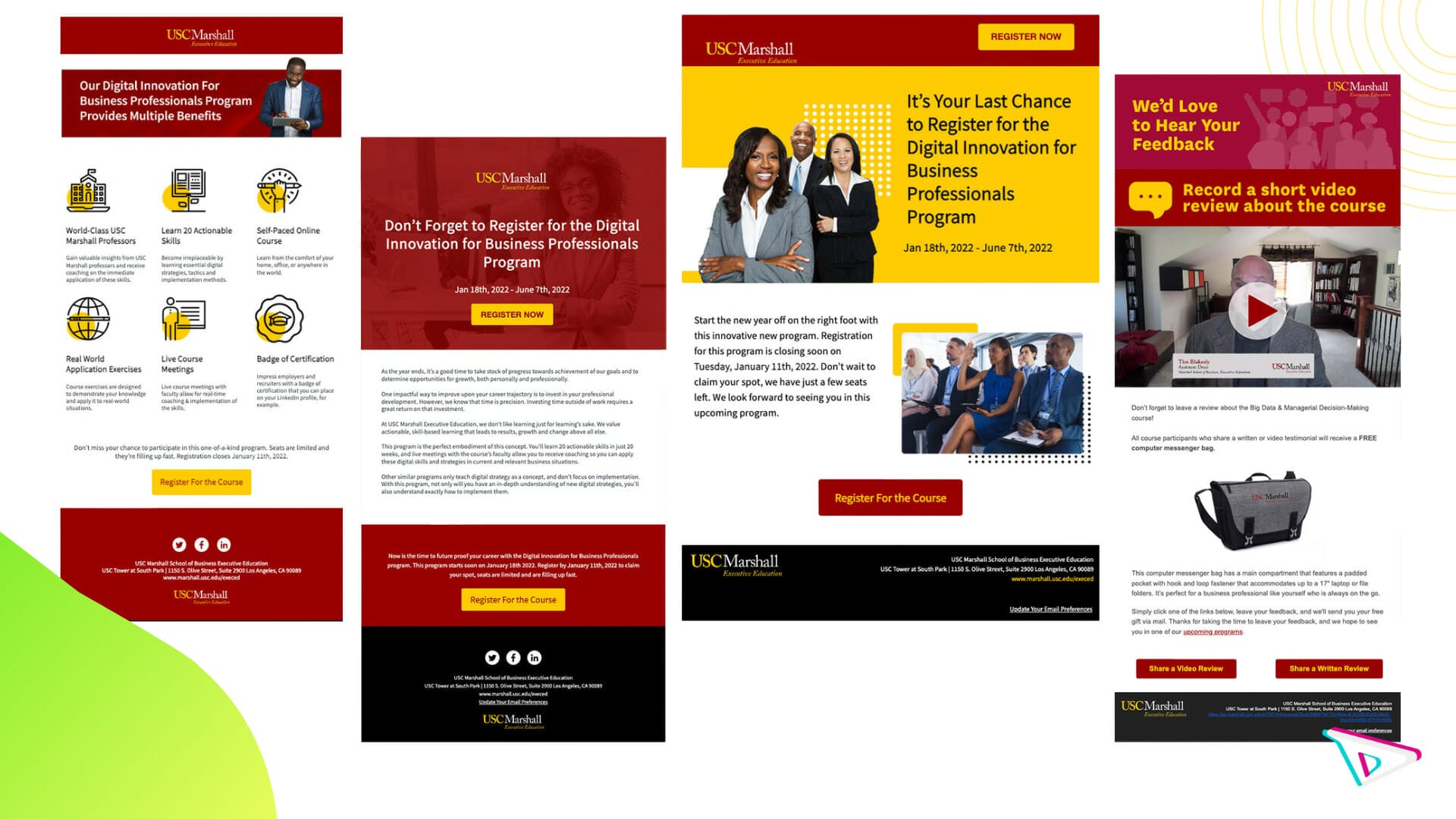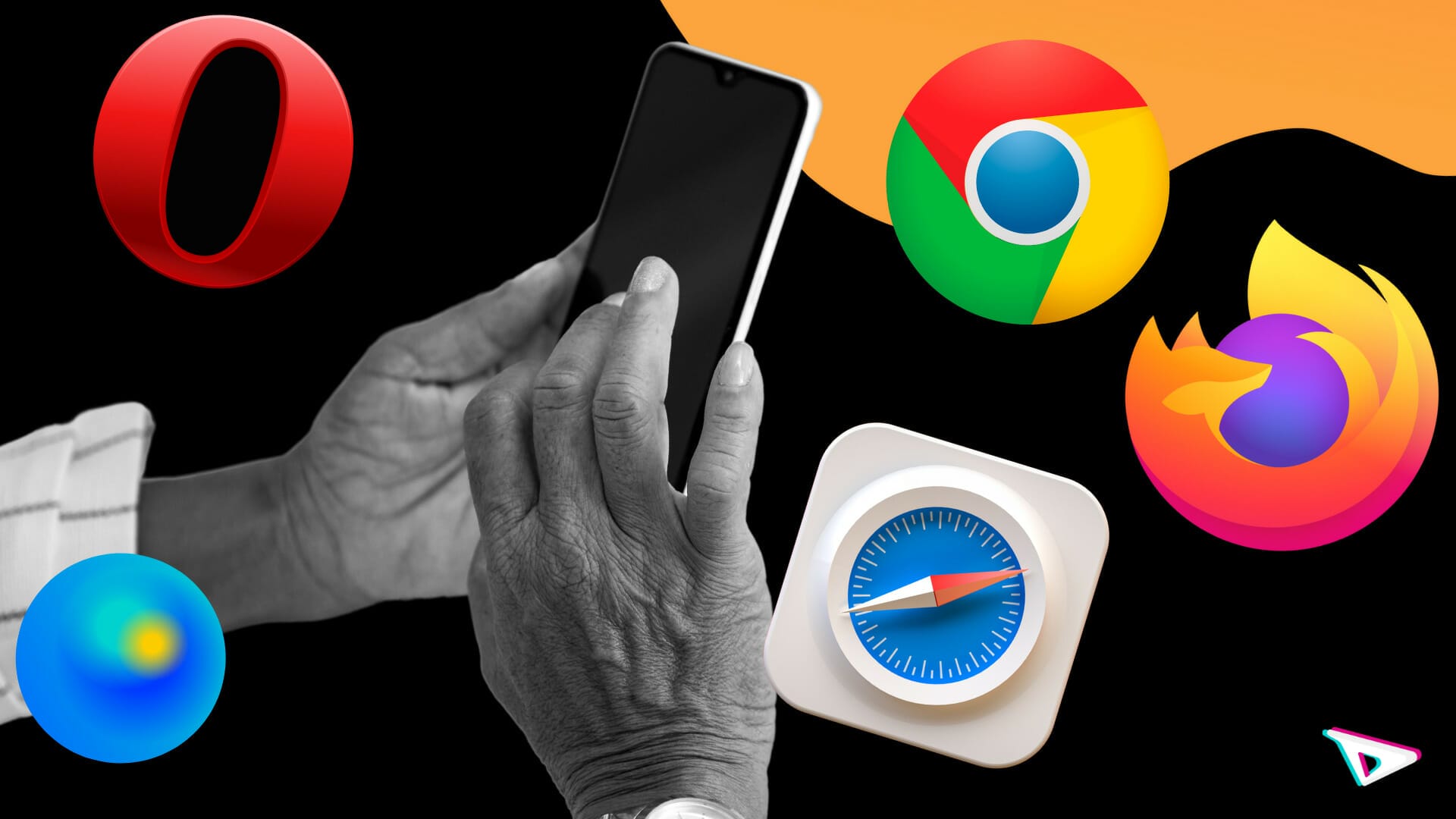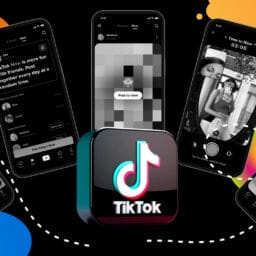How Mobile Marketing Can Help to Grow Your Business

How to Use Mobile Marketing for Growing Your Business


How much time do you spend on your phone every day? If you’re like most people, it’s probably more than you think. A recent LinkedIn survey found that over three-quarters of respondents use their phones at least three hours daily. The data shows that 46 percent of people admit to using their phones five to six hours a day. Additionally, the mobile commerce market has been growing steadily every year since 2016, reaching 3.56 trillion in sales in US dollars for 2021. This is an opportunity for marketers to utilize mobile-focused marketing using these tips:
Make Sure Your Site is Still Optimized for Mobile


You probably did this when your site was first set up, but it’s a good idea to check in periodically and see if the site still looks good on your mobile devices. Changes in plug-ins or quickly-added new content can affect the site’s user experience for mobile viewers. Text on the page often gets shuffled downward when a page is optimized for mobile, and sometimes this means readers miss important information if they don’t scroll down. You might consider whether you want to move your text around after seeing how it’s displayed on a phone or tablet.
It’s also important to ensure any video or audio on your site has high-quality subtitles. Titles are always necessary for accessibility, but an even higher number of people use captioning on mobile because they may watch videos with the sound turned off. Don’t miss out on the opportunity to communicate clearly with exact captioning – if you use automated captioning software, have an actual human check them for accuracy.
Use Technology to Become an Expert on Your Customer and Gain Brand Loyalty


Today’s consumers know that businesses personalize advertising, and they want you to do it better.
Explore the analytics available for your website to learn as much as possible about site visitors, and do the same for your social media channels. Many web hosting companies allow you to compare data for mobile and desktop users. You may find that mobile users are interested in different products in your store, or respond to different content on your social media platforms. Don’t miss an opportunity to take a poll in your email newsletter to learn more about your audience. If you’re drowning in data and need help sorting and analyzing it, a digital marketing agency like Digital Delane may be able to help.
Narrowing the Focus of Your Marketing Messages


Do you remember when you took Marketing 101 in college and you had to look at ads from earlier eras? Many of them were text-heavy, giving the impression that the copywriter got bored and decided to start writing their novel instead of another ad. But these ads worked in an era when there were three TV channels and no Instagram because there weren’t as many distractions.
Today, traditional ads are much shorter and rarely contain more than a few sentences of text. Online ads are even briefer. With the pivot to mobile, you may need to be even more succinct, because your ads will be small and will probably interrupt an article the viewer really wants to keep reading. You have, at best, a couple of seconds before the user scrolls past your ad to grab and hold their attention. Or, your ad may be the thing your customer has to watch before their video rolls. They may or may not have the ability to skip to their video after five seconds, but either way, you need to explain your unique selling proposition fast. Think about what you can say in five seconds that will make the viewer want to keep watching, or click for more information.
Consider SMS Advertising


It may seem old-fashioned, but people do still use their phones for texting, and a text message stays in a person’s messages until it’s deleted. Your mobile ad on Facebook or Google may disappear after the user scrolls past it once. SMS advertising is permission-based, so the receiver has some reason to want to hear from your company (even if their initial reason was just to get a coupon or a free ebook). Additionally, text messages are usually opened within five minutes of receipt – people want to see what just came in when they get a notification.
SMS can be combined with other types of mobile marketing, so you can use paid search or social media ads targeting your followers to encourage new opt-ins. Then you can send special offers, coupons, and other marketing messages directly to fans of your brand.
Ready to Discuss Your Project? Chat With Our Marketing Team


Many marketing managers are considering options for dealing with Google’s impending abandonment of the third-party cookie. In 2020, Google Chrome announced that it would be phasing out third-party cookies, citing user concerns about privacy. These cookies proved controversial as they tracked individual users’ actions while they moving around the internet, and the resulting pattern of advertising was frequently the focus of complaints. Many users were uncomfortable seeing ads for items they looked at or mentioned in passing, but marketers appreciated the third-party cookies for their use in online marketing, particularly retargeting.
So where does Google’s promise to be done with third-party cookies by 2022 leave CMOs and marketing executives like you?
There are multiple alternatives to consider:
Shift Your Focus to First-Party Data Collection


This is the info you collect about visitors to your own site. Google can’t stop you from doing this, and you can still learn a lot about your visitors and what they need. If you’re interested in taking a deeper dive into your own data and seeking additional insights, consider working with the experts at a digital marketing agency.


Sites like Facebook, Instagram, Twitter, TikTok, and others continue to amass their own user data. Facebook, for example, allows advertisers to target different demographics, user interests, geographic locations, and more. These social sites allow you to continue advertising to a highly-specific audience, with or without third-party cookies.
Think Strategically About Developing a Mobile App


Mobile apps allow brands to collect large amounts of data on their users, and utilize it in various ways. However, what you don’t want to do is create a basic or uninteresting app just to use as a data trap. Apps that don’t provide value for the user don’t get used, they get forgotten and eventually deleted. Instead, think about the information you already have on your target audience: What are their needs? What gap can you fill for them with an app? What features would encourage them to come back and log in over and over? Which of these features fit the best with your brand’s personality and core values? Use the answers to develop app concepts and discuss them with your team.
Remember Email Marketing?


With the rise of paid search and social media advertising, email marketing moved to the back burner of many companies’ marketing strategies. Yet email marketing has maintained consistently high ROI, netting an average of $36 for every $1 spent. It’s also essential for a mobile-first strategy, as smartphone users tend to prefer brand messages through email. With the right mailing list software, you can track everything from how many people opened your email to their demographics to poll results.
Study Other Browsers


It should come as no surprise that Google Chrome is the most popular web browser in the world, with about 65 percent of the global market share. Safari comes in second at just under 19 percent, while Microsoft Edge is about 4 percent and Firefox at about 3 percent. Safari and Firefox have not used third-party cookies since 2013, while Edge allows users to enable or disable them. Of these three, Safari is the most important, as it actually beats Chrome as the most popular mobile browser. Consider allocating a small portion of your budget to testing out Safari ads, and do some research into what works well on its mobile browser. If you know other marketing managers who have used Safari ads for their clients, ask what did and didn’t work for them.
Another interesting thing to note about Safari is that until recently, its users were thought of as less valuable to advertisers specifically because of the lack of third-party data collection. But as Google distances itself from third-party cookies, the playing field is leveling. As a result, the advertisers who explore Safari mobile browsers early will have the advantages of less competition, lower rates, and more time to find out what works for them.
Ready to Discuss Your Project? Chat With Our Marketing Team
But Don’t Write Off Google Advertising Just Yet


Google has other plans to help advertisers target the right users, including testing a technology called FLoC, which tracks users in groups instead of as individuals. Chrome remains a popular browser for mobile users, especially Android owners. While you may want to allocate more funding to other channels, continuing to use Chrome for paid search ads will allow you to gather data about what still works as third-party cookies are phased out.
Mobile Marketing is Here to Stay


But the best strategies for using it vary from brand to brand and change quickly. If you need help tightening up your digital marketing strategy, please contact us at Digital Delane for a free consultation.

















